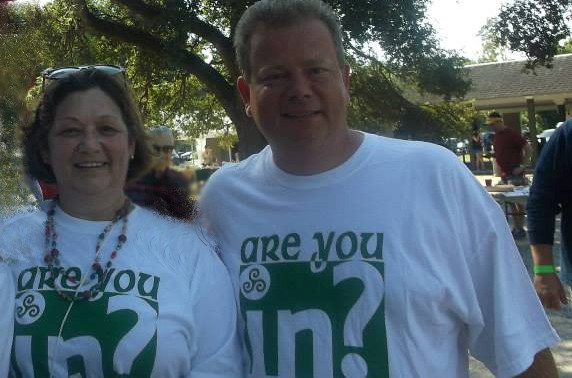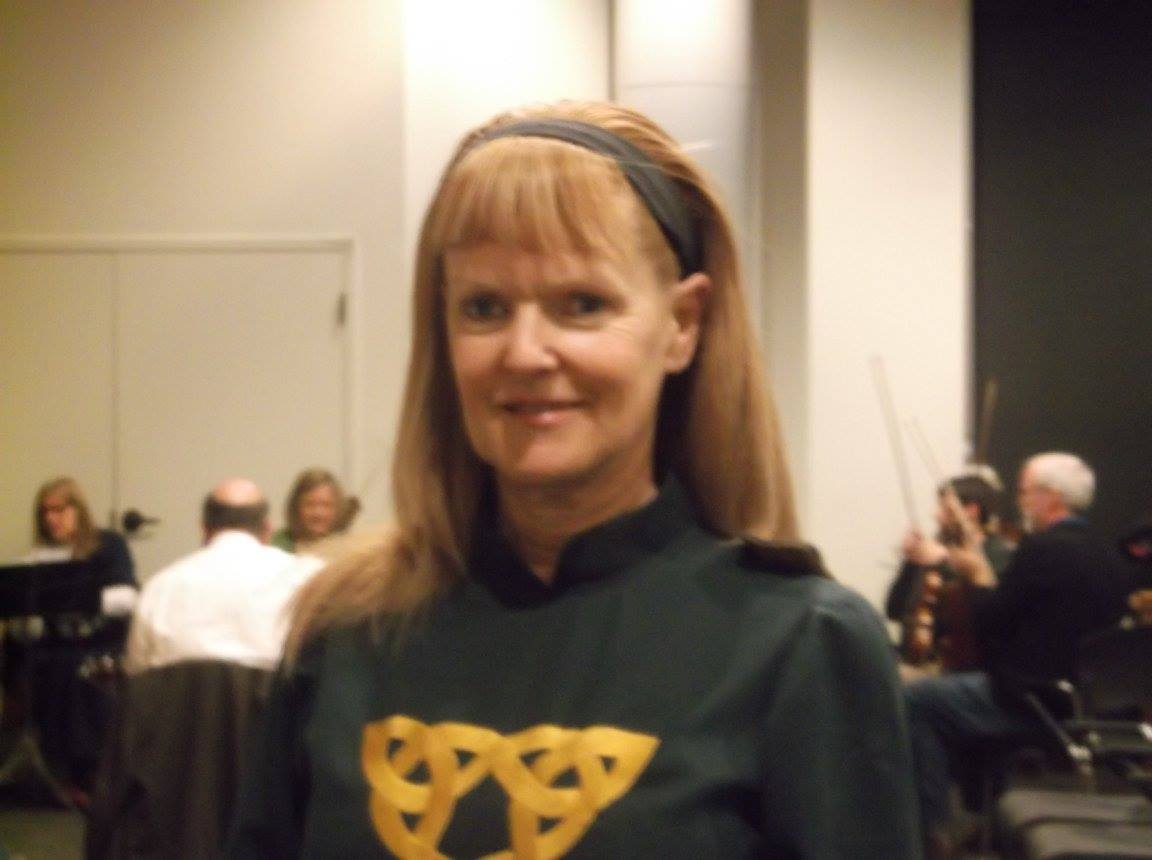Celtic Gulf Coast History: From Pensacola to New Orleans
By Cecelia “CeCe” Redmond
When most people think of the Gulf Coast, they picture Mardi Gras in New Orleans, seafood along Mobile Bay, or Florida’s white-sand beaches. But hidden within this landscape is another story — one written in Gaelic prayers, Irish surnames, Scottish songs, and the sweat of immigrants who carved out lives along these waters.
From Pensacola to Mobile to New Orleans, Celtic people — Irish, Scottish, Scots-Irish, and Welsh — left their imprint. They came as soldiers, settlers, clergy, teachers, and shipbuilders. They built canals and cathedrals, founded parishes, and passed on traditions that today live on in festivals, family names, and sacred memory.
⚔️ Pensacola: The First Celtic Footprints
The Siege of Pensacola (1781) brought Irish soldiers in an Irish Brigade fighting with Spain. That same year, St. Michael’s Parish was founded, and the adjoining cemetery still holds Irish surnames carved into stone. These early settlers bound faith and family to the Gulf’s maritime economy.
Today, the Pensacola Celtic Society and the McGuire’s Pipe Band, based at McGuire’s Irish Pub, continue the tradition with an annual parade and St. Patrick’s Day run. Nearby in Northeast Florida, the First Coast Highlanders keep Scottish piping and drumming alive.
⛪ Mobile: Orange Grove and the Irish Parish
Mobile’s Irish community clustered in the Orange Grove, the city’s “Irish Channel.” Irish families helped build the Cathedral of the Immaculate Conception (1835–1850), and under Bishop Quinlan, founded St. Patrick’s Parish. The Mobile–New Orleans rail link (1870) further anchored Irish labor in the Gulf economy.
🌟 Sister Mary Aidan Donaldson
Born in County Down, Ireland, Sister Mary Aidan Donaldson (1908–2019) joined the Sisters of Mercy at 17 and came to Mobile in 1929. She served as teacher, principal, and later pastoral minister at St. Ignatius Parish. In 2015, she was honored by Ireland’s Consul General Shane Stephens. She lived to 111 — remembered for her joy, resilience, and service.

🍀 Mobile’s Living Traditions
- Friendly Sons of St. Patrick: Host the annual St. Patrick’s Day Mass at the Cathedral of the Immaculate Conception.
- Scottish Society of Mobile: Keeps heritage alive through its Robert Burns Supper, St. Andrew’s Dinner, Scotch tastings, and the Kirkin’ o’ the Tartan.

🚧 New Orleans: The Irish Channel and the Canal
By 1850, nearly one in five New Orleanians was Irish. Thousands dug the New Basin Canal in the 1830s under deadly conditions, while others laid tracks for the Pontchartrain Railroad. The Irish Channel grew around St. Patrick’s and St. Alphonsus parishes — traditions still alive today.
- Irish Channel St. Patrick’s Day Club, Downtown Irish Club, and the Louisiana Irish-Italian Parade keep parade culture vibrant.
- The Caledonian Society of New Orleans preserves Scottish heritage with events, lectures, and socials.
- The New Orleans Strathspey & Reel Society — the Gulf South’s Scottish fiddle orchestra — performs reels, jigs, and strathspeys across the region.

🏴 Mississippi’s Highland Roots
In 1806, more than 100 Highland-Scotch Presbyterian families settled in Jefferson County, Mississippi, where Scottish Gaelic was spoken for decades. Today:
- The Mississippi Gulf Coast Highland Games & Celtic Music Festival in Gulfport (since 1985) features Highland athletics, bagpipes, and ceilidh music.
- CelticFest Mississippi in Jackson is the state’s largest Celtic festival, hosted by the Celtic Heritage Society.
- The Hibernia Irish Society in Ocean Springs anchors heritage with an annual St. Patrick’s Day Parade.
- Feisin’ the Coast promotes Irish dance and music through its Celtic Éire celebration at the Mary C. O’Keefe Cultural Arts Center.

🌍 Modern Ties: Belfast and the Gulf
Shipbuilding and memory bind Belfast and Mobile. In 1912, Belfast launched the Titanic; in 2012, Mobile launched the American Phoenix. GulfQuest Maritime Museum honors this connection with a Titanic exhibit. Mobile has pursued a sister-city pathway with Belfast, while MAAS Aviation of Dublin brought a $38 million Airbus paint facility to Mobile.
👩 Women Carrying the Legacy
From famine mothers to Gaelic-speaking settlers, women have always been the keepers of Celtic memory. On the Gulf Coast, that role continues through community leaders, festival organizers, genealogists, and storytellers. Sister Aidan embodied it in her life of service; today, Celtic Women of the Gulf Coast carries it forward with gatherings for storytelling, music, and seasonal traditions like Samhain and Brigid’s Day.
From the cemeteries of Pensacola to the cathedrals of Mobile and the parades of New Orleans, the Celtic story is still unfolding. It is written in stone, in song, in Sister Aidan’s memory, and in every Highland game and Irish parade along the coast.
Discover your own Celtic Gulf Coast roots at AncestorStories.org — where memory becomes medicine.